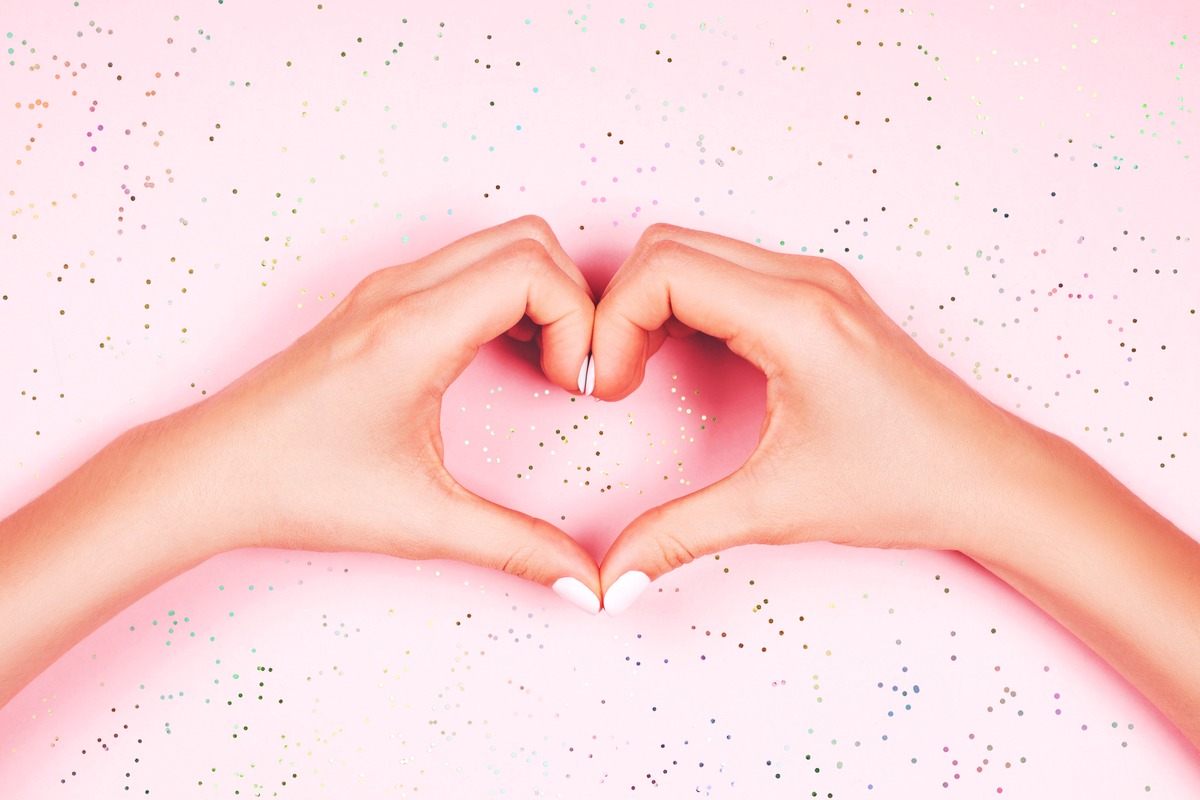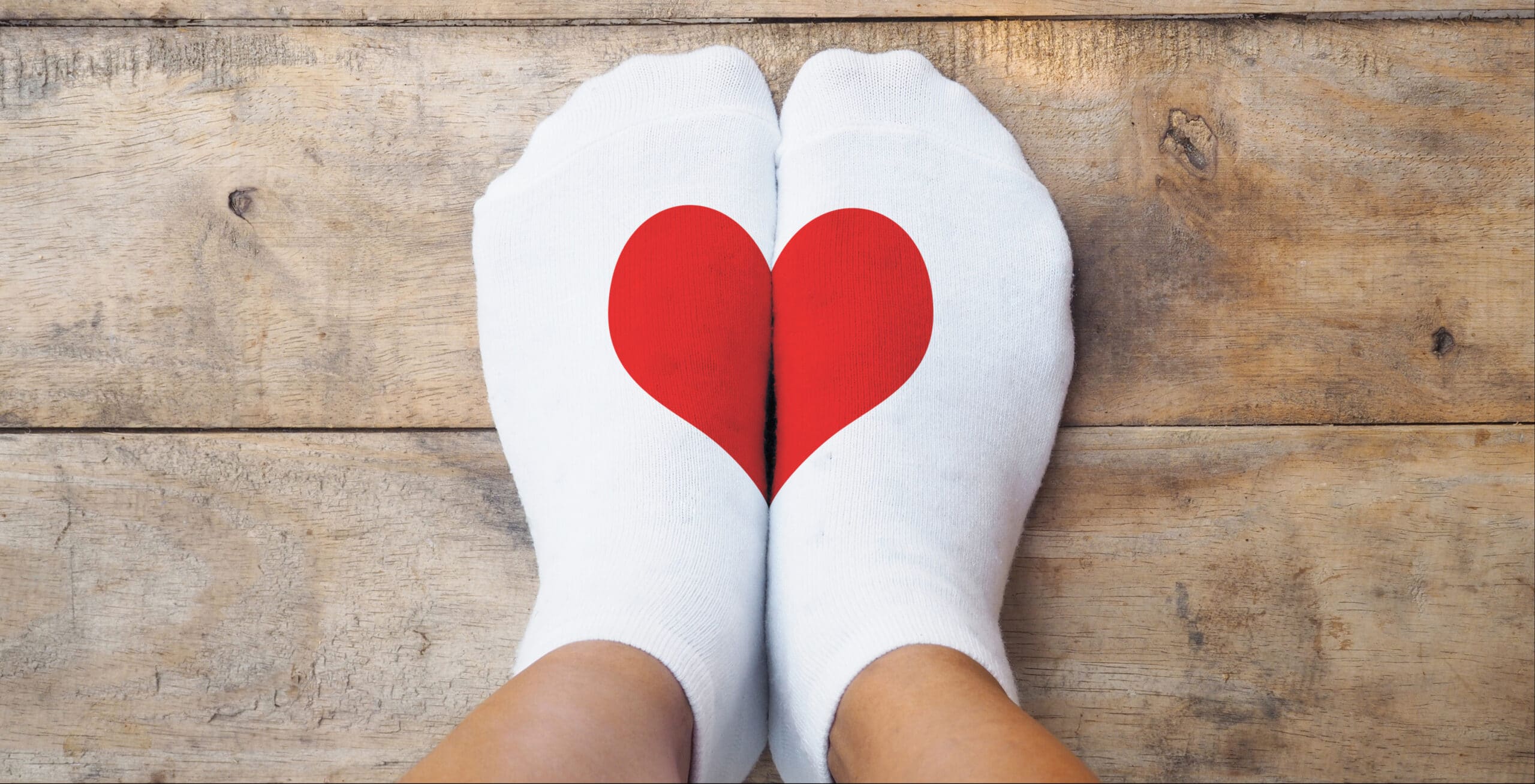Home » Nurture Yourself » Sugaring Vs. Waxing: Find Out Which One Is Right For You
There are plenty of methods to remove body hair these days. From at-home devices to electrolysis, getting rid of unwanted hair “down there” and elsewhere can take place in your bathroom, at a salon or in your dermatologist’s office (albeit at very different price points).
However, two techniques—sugaring and waxing—are regularly grouped together and often used interchangeably. The reason: Both processes serve as exfoliants and involve lifting the hair right from the root while leaving skin smoother and hairless for a longer period of time compared to using an old-fashioned razor and shaving cream (which only takes off the hair from the top layer of the skin). Plus, the hair will grow back softer and finer after every sugaring or waxing treatment.
In fact, the acts of sugaring and waxing date all the way to Ancient Egypt and the Roman Empire. Cleopatra, who considered herself a goddess, started the trend by having all of her body hair removed with sugar wax and beeswax, as well as pumice stones. (Another fun fact: According to the Smithsonian Institute, Gillette patented the first safety razor for men to use at home in 1904. Then 11 years later, the company came out with the first “lady razor” named Milady Decollete, which was heavily marketed during the Roaring ‘20s when sleeveless and short dresses became fashionable, making hair removal a priority!)

But if we’re going to split hairs, the truth is sugaring and waxing aren’t quite the same. Here, we trim away at the similarities and differences between these two popular hair removal techniques.
What Are Sugaring and Waxing Products Made From?
Yes, sugaring involves sugar. The environmentally-friendly paste for sugaring is made from heating three staples found in every kitchen—sugar, water and lemon juice.
Waxing can either be in the form of hard or soft wax (this is the one that involves the strip). These items usually contain a blend of a few ingredients, such as beeswax, resin (a compound that allows a product to harden), oils and possibly other additives.
What Is the Application Process?
Whether you’re sugaring or waxing, the procedure begins with removing any excess oil that may be on the skin. In sugaring, you apply the lukewarm mixture on the skin in the opposite direction of the hair growth. Then, it’s removed in the natural direction of hair growth with little tugs. Product can be applied multiple times to stubborn hairs since the mixture is natural. Remove any excess product with water.
Waxing is applied and removed in reverse to sugaring. The warm-to-hot wax (either soft or hard) is placed on the skin in the direction of the hair follicle growth and removed in the opposite direction of the growth. This is done either with one’s hands (if it’s hard wax) or strips (soft wax). On hard-to-remove hairs, additional wax can be reapplied only once since too much product can cause irritation. Any additional wax on the body is removed with an oil-based cleanser.
Pain Level: How Do Sugaring and Waxing Rate?
Well, neither one is painless! But for the most part, sugaring is considered less bothersome since the mixture only attaches to the hair, not the skin.
Even though removing soft wax tends to ramp up the ouch factor, both soft and hard wax stick to the surface of the skin, so getting either type of wax off might be more uncomfortable.
And like with most things in life, the first time tends to be the most painful.
Are There Side Effects to Sugaring and Waxing?
Don’t be surprised if some irritation occurs shortly after having your hair ripped out by its follicles. Generally speaking, sugaring may bring about fewer side effects than waxing, yet both techniques can leave you with temporary redness, itching and/or bumps that can last a few days. Also, ingrown hairs are more likely to happen after waxing since the product can cause hair breakage.
Do Both Methods Work on All Hair Types?
Waxing is known for being more effective on thicker, coarser hair. But overall, the answer is yes.
How Do Sugaring and Waxing Work on Different Skin Types?
As a general rule, sugaring is more suited for those with sensitive skin (i.e. eczema), especially skin that is super-sensitive to heat. If you opt for waxing, hard wax is typically gentler on the skin compared to soft wax and better to use on the more delicate areas (like armpits, lip hair and bikini). Soft wax is a better choice for larger areas, such as your arms and legs.
The American Academy of Dermatology (AAD) warns that waxing is not recommended for anyone taking an antibiotic, applying a prescription-only tretinoin (a retinoic acid) to their skin, as well as anyone who has taken the prescription acne medicine isotretinoin (commonly known by its brand name Accutane) within six months.
Also, if you’re looking to remove hair from the bikini area, keep in mind that the skin around your pelvic region is likely to be more sensitive during your menstrual cycle.
Be sure to consult with your physician first if: You’re currently using any type of hormonal birth control or hormone therapy, any topical prescription, are undergoing (or have recently undergone) radiation or chemotherapy treatments, or if you’re pregnant.
How Long Should the Unwanted Hair Be?
Sugaring is said to remove even the smallest of hairs, like 1/16 of an inch! To be on the safe side, make an appointment for sugaring or waxing once the unwanted hairs grow to ¼- to ½-inch.
What Prep is Involved?
The AAD advises applying a cold pack to the area(s) and/or taking an OTC pain-reliever around a half -hour before a hair removal process. Wear comfy and loose cotton clothes to the appointment.
How Long Do Results Last?
It’s pretty much the same. On average, you’ll have baby-smooth skin for three to four weeks.
Average Cost of Sugaring and Waxing
It depends on which areas are being treated and where you live. Sugaring is likely to be a tad higher, starting at $15-$20 for small areas and into the $100 range for larger areas. Waxing may run you anywhere from $15 to $90.
Is There Any Aftercare?
Do yourself a favor and avoid form-fitting clothes and anything hot from touching your skin (like a hot bath and the sun’s rays) for at least 24 hours after your treatment. If you’ve had a bikini wax or sugar wax, you may also want to put off some down-there action for a day or so, as well.
(Images: Shutterstock)
Amy Capetta has been writing articles on healthy living for more than two decades. Over the years, her pieces on nutrition, sleep, stress, chronic conditions, weight loss, and mental health have appeared on AOL, Yahoo, TODAY.com, Everyday Health, Doctor Oz, Sharecare, SingleCare, LIVESTRONG, Reader’s Digest, SELF, The Vitamin Shoppe, Eat This, Not That!, and multiple outlets on Hearst Magazines Digital Media.
DISCOVER MORE
RECENT ARTICLES

Want a sneak peek inside the program?
Get FREE access to some of the core training materials that make up our signature program – Become a Nutrition Coach.
Get Access Nurture Yourself
Nurture Yourself













































































































































































































































































































































































































































































































































































































































































































































































































































































































































































































































































































































































































































































































































































































































